I think manually calling next() on the prop_cycler as suggested in the other answer is a bit error prone because it's easy to forget. In order to automate the process, you can make both axes share the same cycler:
ax2._get_lines.prop_cycler = ax1._get_lines.prop_cycler
Yes, it is still an ugly hack because it depends on the internal implementation details instead of a defined interface. But in the absence of an official feature, this is probably the most robust solution. As you can see, you can add plots on the two axes in any order, without manual intervention.
Complete code:
import matplotlib.pyplot as plt
import numpy as np
plt.style.use('ggplot')
fig, ax1 = plt.subplots()
ax2 = ax1.twinx()
ax2._get_lines.prop_cycler = ax1._get_lines.prop_cycler
ax1.plot(np.array([1, 2, 3]))
ax2.plot(np.array([3, 5, 4]))
ax1.plot(np.array([0, 1, 3]))
ax2.plot(np.array([2, 4, 1]))
plt.show()



